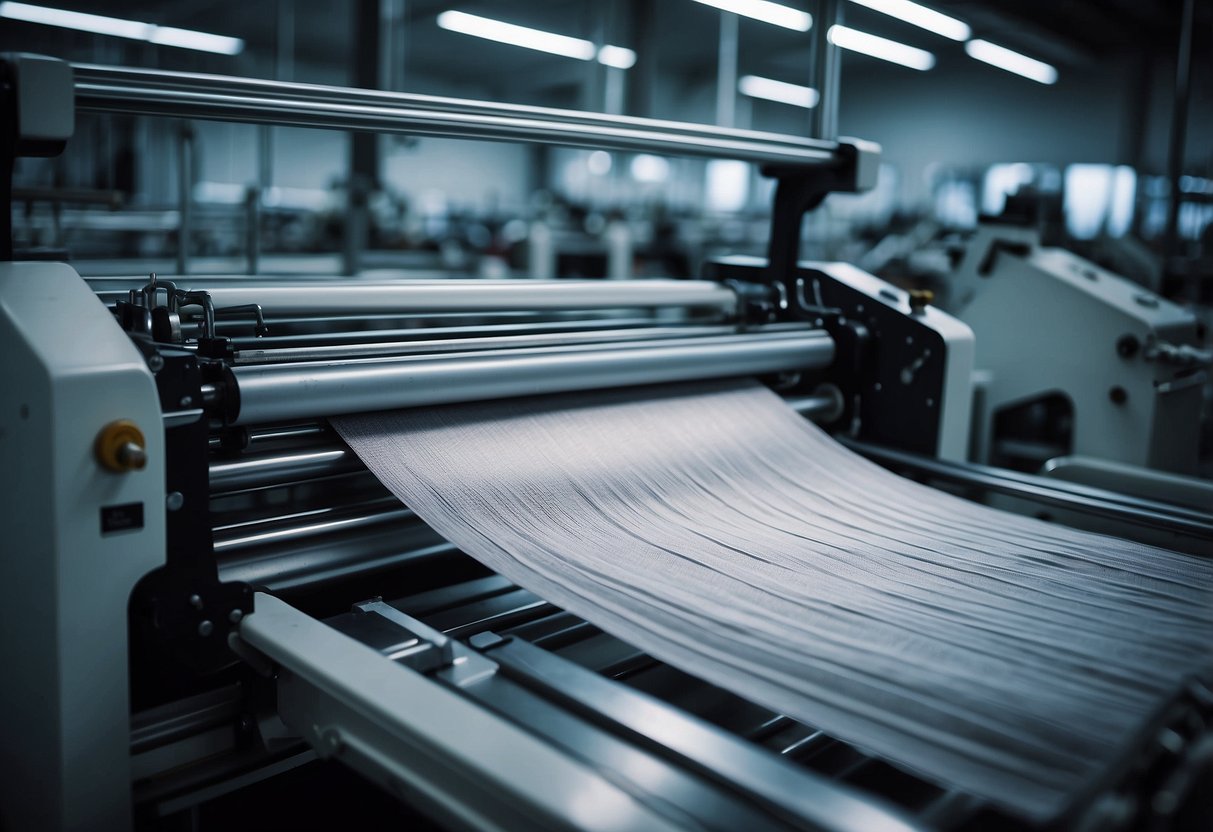
The Aesthetics of Smart Activewear
Smart activewear combines practicality with style, resulting in garments that enhance performance while looking fashionable. These pieces incorporate advanced technology without compromising on design and appearance.
Merging Function with Fashion
Integrating technology into activewear doesn’t mean sacrificing style. Designers now merge function with fashion, using sleek cuts and modern materials that enhance both utility and appearance. For example, smart leggings may come with embedded sensors that monitor muscle activity and heart rate without bulky attachments, maintaining a sleek and stylish look.
Activewear made with smart fabrics can also utilize high-tech materials that support body temperature regulation while still appearing attractive. These materials are often lightweight and come in various colors, designs, and patterns, making them suitable for both workouts and casual wear. This blend of functionality and aesthetic appeal means fitness enthusiasts no longer need to choose between performance and style.
Trendsetting Designs and Prints
Smart activewear is not limited to plain, utilitarian designs. Many brands experiment with bold prints and patterns, setting new fashion trends within the fitness world. Designers focus on creating unique and eye-catching prints, whether it’s geometric patterns on leggings or vibrant color combinations in tops.
Customization plays a significant role in the aesthetics of smart activewear. Some brands offer customizable options where customers can select different designs, colors, and fits according to personal preference. This level of personalization ensures that each piece not only performs well but also aligns with individual style preferences.
Trendsetting in smart activewear also means staying ahead with the latest in fashion while incorporating the latest technological advancements. This approach leads to garments that are as visually appealing as they are functional, catering to the modern consumer who values both aesthetics and performance in their workout attire.
Technological Integration and Innovation
Technological integration in smart fabrics is revolutionizing activewear. This section examines the convergence of textiles and electronics, and the future of wearable tech integrated into fabrics.
Convergence of Textiles and Electronics
Smart fabrics combine traditional textiles with cutting-edge electronics, enabling new functionalities. Innovations include conductive fibers woven into fabrics, allowing for seamless incorporation of sensors and circuits. These fabrics can monitor biometrics like heart rate and muscle activity. The adaptability of smart materials enables garments to respond to environmental changes, such as temperature shifts or moisture levels.
Researchers are pushing the envelope, developing fabrics that can generate electricity through body movement. This technology opens doors to self-powered wearables, reducing the need for external batteries. Companies are investing heavily in these innovations, aiming to enhance both performance and user experience.
Future of Wearable Tech in Fabric
The integration of wearable technology into fabrics represents the next evolution in activewear. Future smart fabrics could include real-time health monitoring, immediate notifications of physiological changes, and smart assistance for physical activities. This innovation will greatly benefit athletes and fitness enthusiasts, offering tools for optimizing performance and recovery.
Advancements in nanotechnology and materials science are critical to these developments. Engineers are exploring materials that can extend the lifespan and functionality of smart fabrics. There’s potential for fabrics that can interact with other smart devices creating interconnected systems. The future promises more intuitive and versatile activewear, transforming how wearables are perceived and utilized.
Design and Functionality Considerations
Smart fabrics in activewear focus on both the structural aspects and customized performance needs of users. These innovations aim to enhance quality, minimize muscle fatigue, and prevent issues like chafing.
Structural and Material Enhancements
The structural enhancements in smart fabrics aim to improve both comfort and performance. Compression fabric plays a crucial role in reducing muscle fatigue by offering targeted support to key muscle groups. This support can enhance endurance and reduce the risk of injury.
Additionally, moisture-wicking materials are designed to keep the skin dry by drawing sweat away from the body. This helps in reducing chafing and maintaining comfort during prolonged activities. The integration of sensors into the fabric can also offer real-time monitoring of vital statistics, such as heart rate and body temperature.
Custom Tailoring for Performance
Custom tailoring in smart fabrics extends beyond mere aesthetics. These wearable technologies are often designed to adapt to the specific activities and needs of the user. For athletes, this can mean tailored compression zones that enhance performance and recover more efficiently.
Quality is paramount. High-quality materials ensure durability and sustained performance over time. Advanced knitting and weaving techniques allow designers to create garments that offer both flexibility and structured support, further preventing issues like chafing and discomfort.



